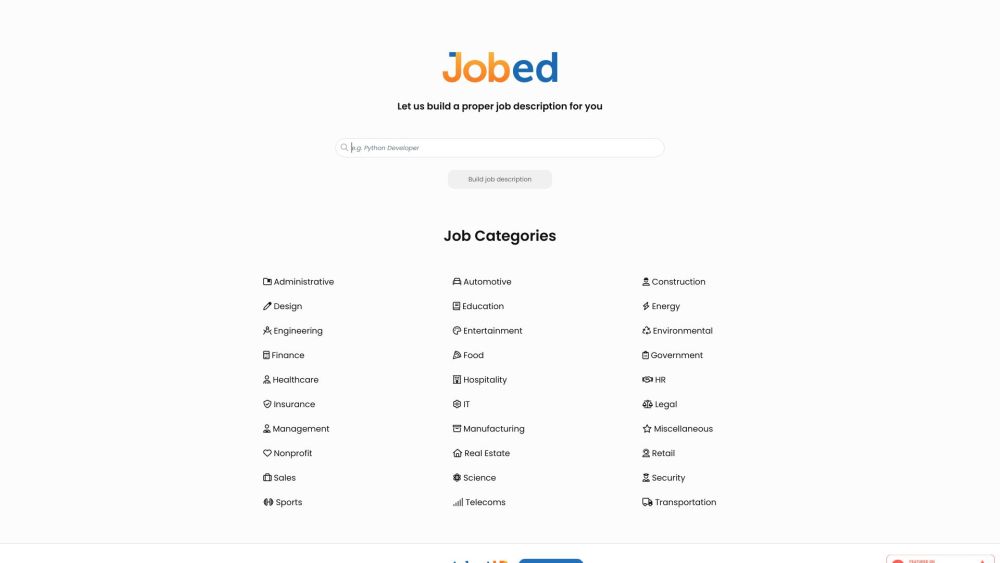Recent research by Capgemini reveals a significant challenge across all sectors: transforming AI proof of concepts into functional production solutions. According to Steve Jones, EVP of Data-Driven Business and Generative AI at Capgemini, this delay is largely attributed to issues like digital boundaries, digital employees, and poor-quality data.
Jones emphasized, "We have grown too comfortable with bad data. The most pervasive myth in IT is the belief that we will fix data issues in the source system. This is a misleading notion that organizations consistently tell themselves."
He likened data to oil, noting that just as oil needs refining for usability, data must also be cleansed and organized to be effective. With predictions that 50% of business decisions will be driven by AI by 2030, particularly in autonomous supply chains, the risks associated with unreliable data are substantial.
“Digital employees making decisions shouldn’t have to wait for cleaned data; that’s operationally impractical,” Jones remarked. “In scenarios like autonomous vehicles or warehouses, poorly managed data is simply unacceptable. Organizations must develop a framework for managing not just their human employees but also the AI that operates within their teams.”
Jones further pointed out that large language models (LLMs) can perform poorly if they lack access to accurate operational data. Unfortunately, businesses have historically created a divide between their operational processes and their data management strategies.
Addressing AI Adoption Challenges
To bridge this gap, organizations need a robust digital operating model. This involves clearly defining the problems they aim to solve digitally, identifying data sets suitable for decision-making, and determining what AI should or shouldn't influence.
“If you deploy a powerful AI to reduce a company's carbon footprint without boundaries, it might suggest stopping the company’s core operations entirely, which isn’t a viable strategy,” Jones explained. “The key is to ensure that AI functions within pre-defined limits aligned with business goals.”
Organizations won't benefit from a singular AI system governing all operations due to the high risks involved. AI solutions must be tailored to specific functions. For instance, a debt collection bot will operate under a different set of regulations compared to a sales advisor bot. Many organizations struggle to move beyond proof of concepts because they overlook the importance of approaching AI from a business management perspective, instead hoping for a technology that solves all their problems.
Jones stated, “We’re clinging to the notion that technology alone will address our issues, but true adoption requires people’s engagement with these technologies.” For effective AI integration, businesses must define granular models to manage operational and cyber risks while ensuring accountability.
For example, a sales advisor bot may collaborate with several sub-bots, each with its own set of rules. Their collective efforts can drive significant business outcomes, but without clear operational boundaries, the risk intensifies.
“Effective control and accountability allow us to automate processes that were previously unmanageable,” Jones said. “This requires a focus on optimizing business models instead of merely inserting AI into existing workflows.”
Emphasizing Organizational Change for AI Scaling
“We must prioritize organizational change over technological advancements,” Jones asserted. “While technology evolves rapidly in Silicon Valley, the primary challenge is business adoption and model adaptation.”
To succeed, the architecture for AI must be fundamentally different. Data should be readily accessible for digital employees, rather than relegated to the backend of applications where transactions occur.
Jones concluded, “The low transition rate from proof of concept to full AI adoption arises because the current data strategies are inadequate. Digital employees demand a well-defined operating model, and most organizations are not prepared for this shift. It’s crucial for business leaders—who may not fully grasp technology—to embrace AI to ensure their success and adapt to a world where AI substantially influences decision-making.”






